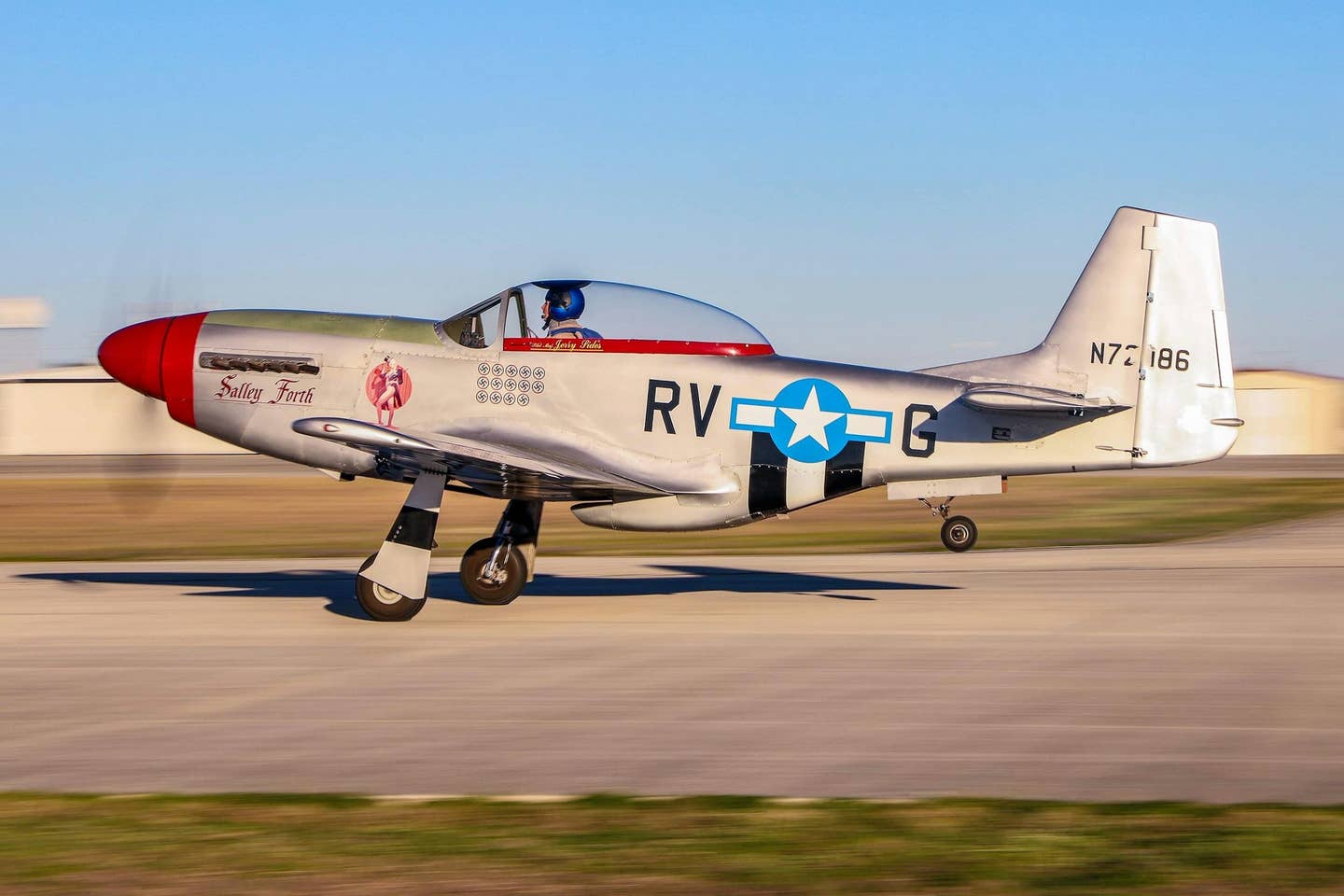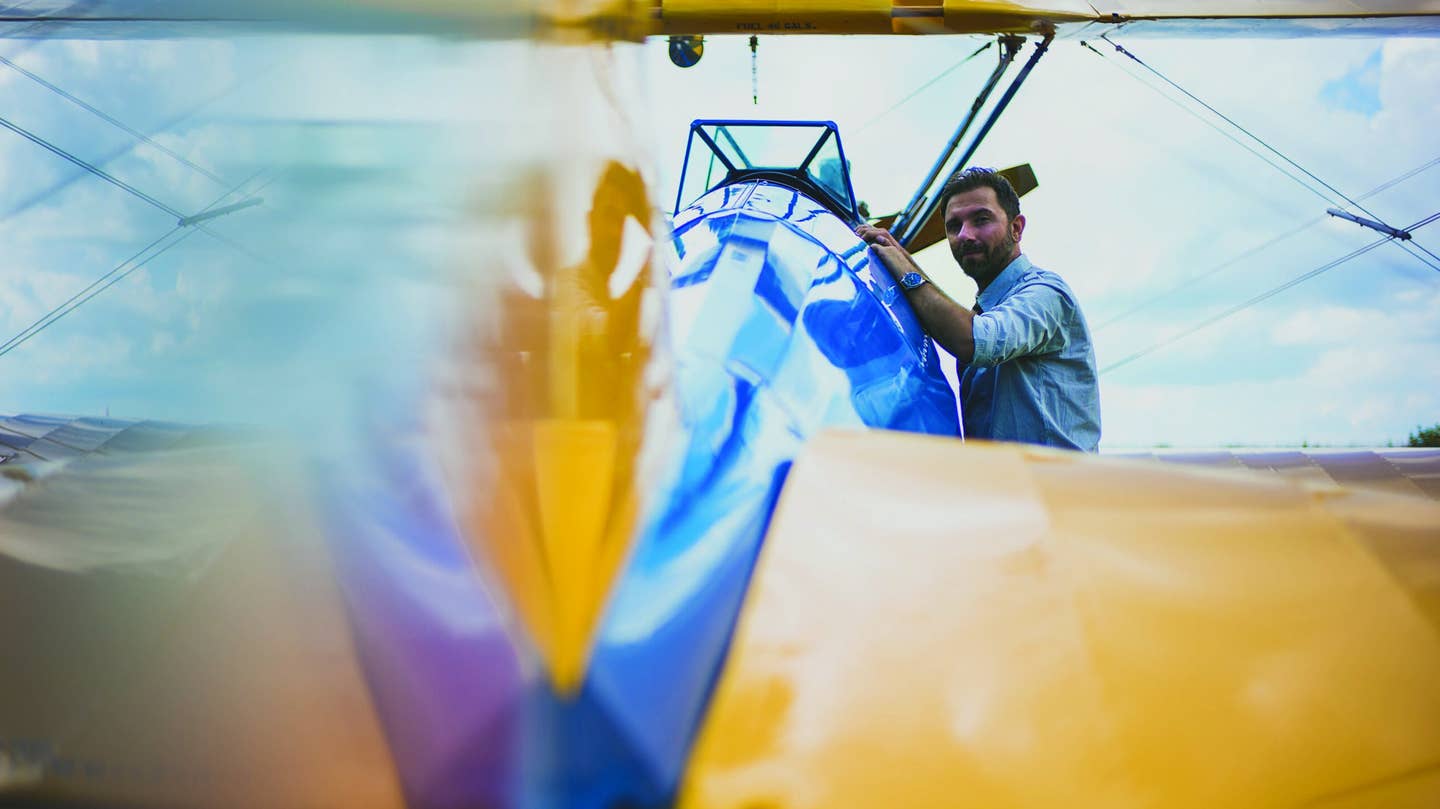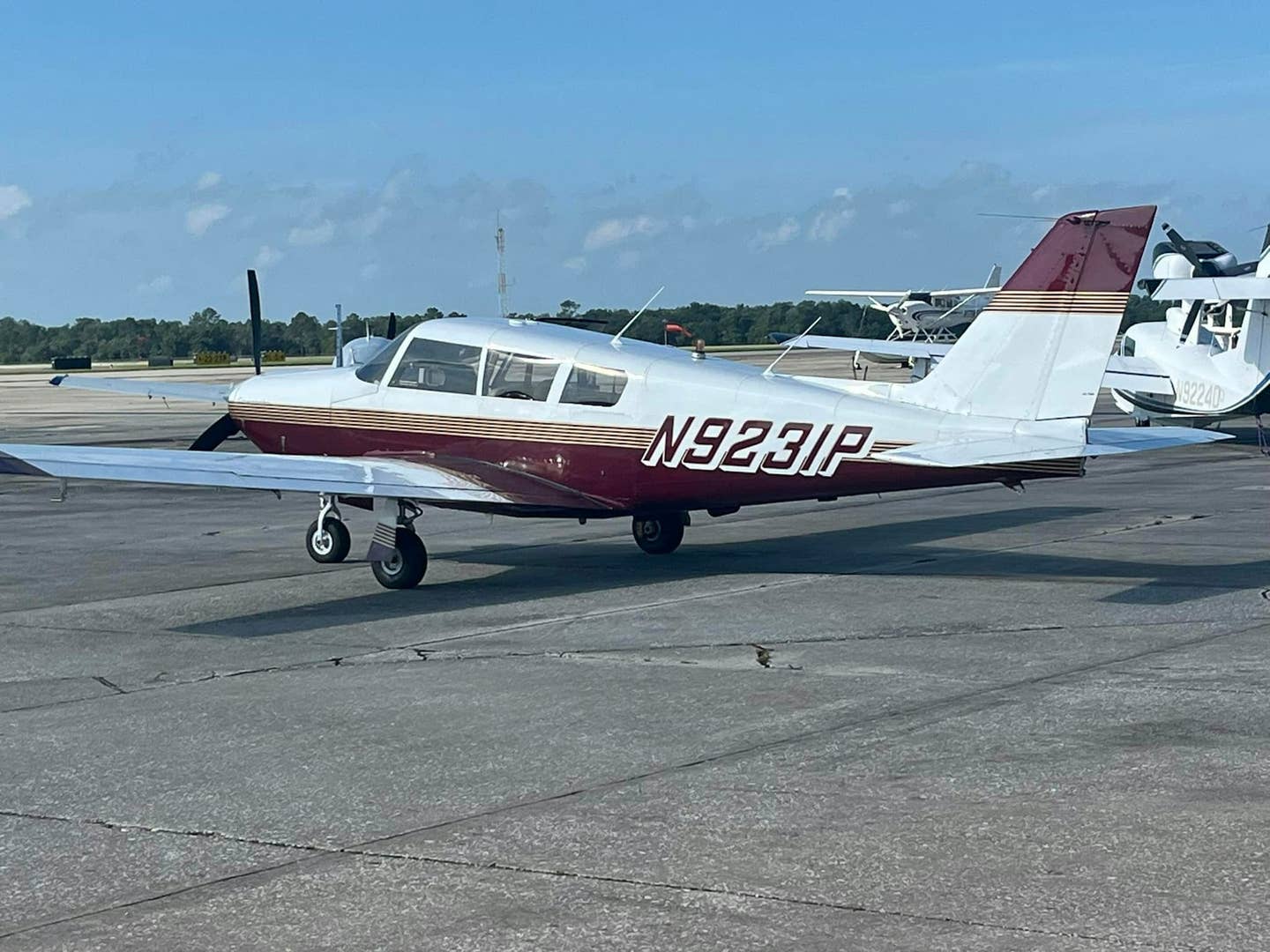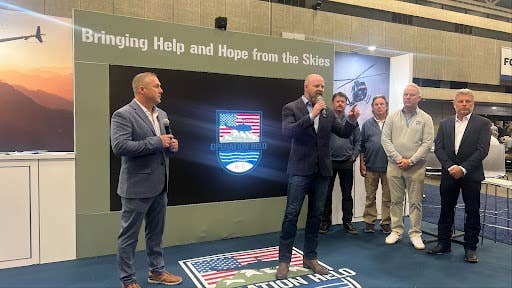
The pilot, 69, had almost finished a six-month refurbishment of a Piper PA-12 Super Cruiser. He had been rebuilding airplanes for 40 years, and his habit was to have a certain A&P mechanic perform a "semifinal" inspection as each project neared completion. The mechanic would give him a list of things that needed to be done before he could sign the airplane off. According to the mechanic, it often happened that before he returned to perform the final inspection the pilot would already have performed a "fast taxi test." This "test" typically went well beyond the usual understanding of taxiing: The pilot would accelerate, lift off, fly along the runway a few feet above the ground and then set down again. The mechanic objected to this practice and had repeatedly scolded the pilot for it, pointing out that it was not just illegal but also unsafe. The pilot's insouciant reply, with a shrug and a big smile, was that he had done it many times and it hadn't killed him yet.
This time — it was near the end of September 2009 — the mechanic was not available to look at the airplane when the pilot called him. He suggested a subsequent weekend, but the pilot did not want to wait; he said that he would look for another inspector, and if he couldn't find one, he would call back. He didn't call, and to all appearances didn't find another inspector either.
On Thursday, Oct. 8, a little before noon, the pilot asked a couple of men at a nearby hangar whether they would mind helping him. They gladly went with him to his hangar, where one held a piece of aluminum tubing that the pilot, after removing an access cover on top of the wing, attached to the fuel tank vent. After finishing the little task, the three chatted amiably for a while, the pilot telling the others about this airplane and the many others he had restored. He said that his project for the day was to test-run his recently overhauled engine. The airplane was not, indeed, ready for flight; the two visitors noted many unsecured panels and other items still incomplete.
The two returned to their hangar, and about 15 minutes later they heard the Super Cruiser's engine start. It ran for several minutes at a moderate power setting, without any variation that might suggest a magneto or carburetor heat check, before shutting down. Another 15 minutes passed, and they then heard the engine start again. They were surprised to see the Super Cruiser taxi out to the runway and into position.
The engine went to what sounded like full power, and after a short takeoff roll the airplane became airborne. Its nose pitched up steeply and it climbed to a height of 150 or 200 feet, its engine still at high power, before dropping off to the right into a nearly vertical dive and crashing alongside the runway. It bounced once and came to rest on its back in the grass, its front end and the leading edges of its wings crushed. The pilot died from the impact.
One of the routine tests performed by NTSB accident investigators is the control continuity check. The investigator in charge was able to move all of the control surfaces from the cockpit. He quickly uncovered the cause of the accident: The connections of the control cables to the elevator bellcrank were reversed. Forward movement of the stick raised the trailing edge of the elevator; pulling the stick back lowered it.
The accident sequence is easy to imagine. As is customary in taildraggers, the pilot would have begun the takeoff roll with the stick back. As the airplane gained speed, he would have pushed the stick forward to lift the tail. Because the pitch control was reversed, however, forward stick merely held the tail down, and before the pilot could reflect on the oddity of the tail failing to rise, the airplane, light in weight and accelerating, leaped into the air. At this point, startled by the suddenness with which he found himself airborne and by the airplane's persistent nose-high attitude, the pilot, who had 3,500 hours and was no stranger to taildraggers, would instinctively have pushed the stick farther forward. But this produced the opposite of the intended effect: The nose pointed to the sky, and the airplane struggled upward toward an inevitable stall. There was no time to think about what was happening or to reason that the airplane's perverse response to pitch control could mean only one thing. When it left the ground, the airplane's fate was sealed.
The mechanic who had inspected previous airplanes for the pilot provided a written statement to the FAA in which he reported that he had found improperly connected controls on two previous projects of his: reversed ailerons on a Cessna 170 and a reversed elevator on a Piper Cub. (Reversed ailerons have killed many test pilots, but a very few have burnished their legends by correctly analyzing the problem once airborne and using reversed roll controls to return for a safe landing.) He also remarked that investigators were not likely to find a log recording the details of the rebuild because the pilot "was sort of anti toward the FAA and FAA regulations."
This accident inspires many reflections. One is that in a perfect world engineers would routinely design critical control systems in such a way that they cannot be inadvertently misrigged; there are many ways to achieve this, none of them difficult or expensive.
Another is that, especially after maintenance, pilots ought to check the controls not only for freedom of travel but also for movement in the appropriate direction. In fact, all control checks, before every flight, should be done with this same consciousness of purpose, even in airplanes that have not been recently maintained or ones whose push-rod controls cannot be improperly connected. The reason to force oneself to consciously interrogate each control — right turn, left aileron goes down, right one goes up, etc., etc. — even when there is no possibility of its misbehaving is to ensure that one does not sink gradually into that state of checklist hypnosis where habitual responses and conditioned expectations eclipse what is actually before our eyes. In this case, the pilot obviously either did not check the controls or else he checked them without consciously reflecting upon what they were doing. So insidious are the forces of habit and expectation that it should be the policy of everyone preparing an airplane for its first flight, or for a test flight after reassembly, to have a second person look the airplane over.
The NTSB noted that the pilot suffered from a chronic itchy skin condition (urticaria, or hives) and that the autopsy had disclosed the presence of an "impairing antihistamine" in his system. It was possible, the NTSB commented in its report, that while the airplane probably could not have been controlled once airborne anyway, "impairment from the use of diphenhydramine or distraction from chronic urticaria [could have] contributed to the pilot's failure to correctly rig the elevator cables."
Still, unlike an omission during a preflight inspection or a misjudgment made in flight, this error did not involve a single momentary distraction. The pilot knew about misrigging; he had done it twice before. It is natural to test the action of the controls after connecting them, and to test them again before a first flight. There had been many opportunities for the pilot himself to catch the error. That the A&P who had performed many inspections for the pilot reported that he "generally found many things wrong" suggests a pattern of inattention and overconfidence on the pilot's part. That he was "sort of anti" toward the FAA and its regulations also implies a failure, not uncommon in these days of discontent, to distinguish between the government and the law. However annoying and heavy-handed the FAA may sometimes be in the enforcement of its rules, the rules themselves, or at least most of them, represent the distilled experience of a century of flight.
Independent-minded pilots need to find a safe path between the rule-bound and the devil-may-care. This wasn't it.
This article is based on the NTSB's report of the accident and is intended to bring the issues raised to our readers' attention. It is not intended to judge or to reach any definitive conclusions about the ability or capacity of any person, living or dead, or any aircraft or accessory.

Sign-up for newsletters & special offers!
Get the latest FLYING stories & special offers delivered directly to your inbox






